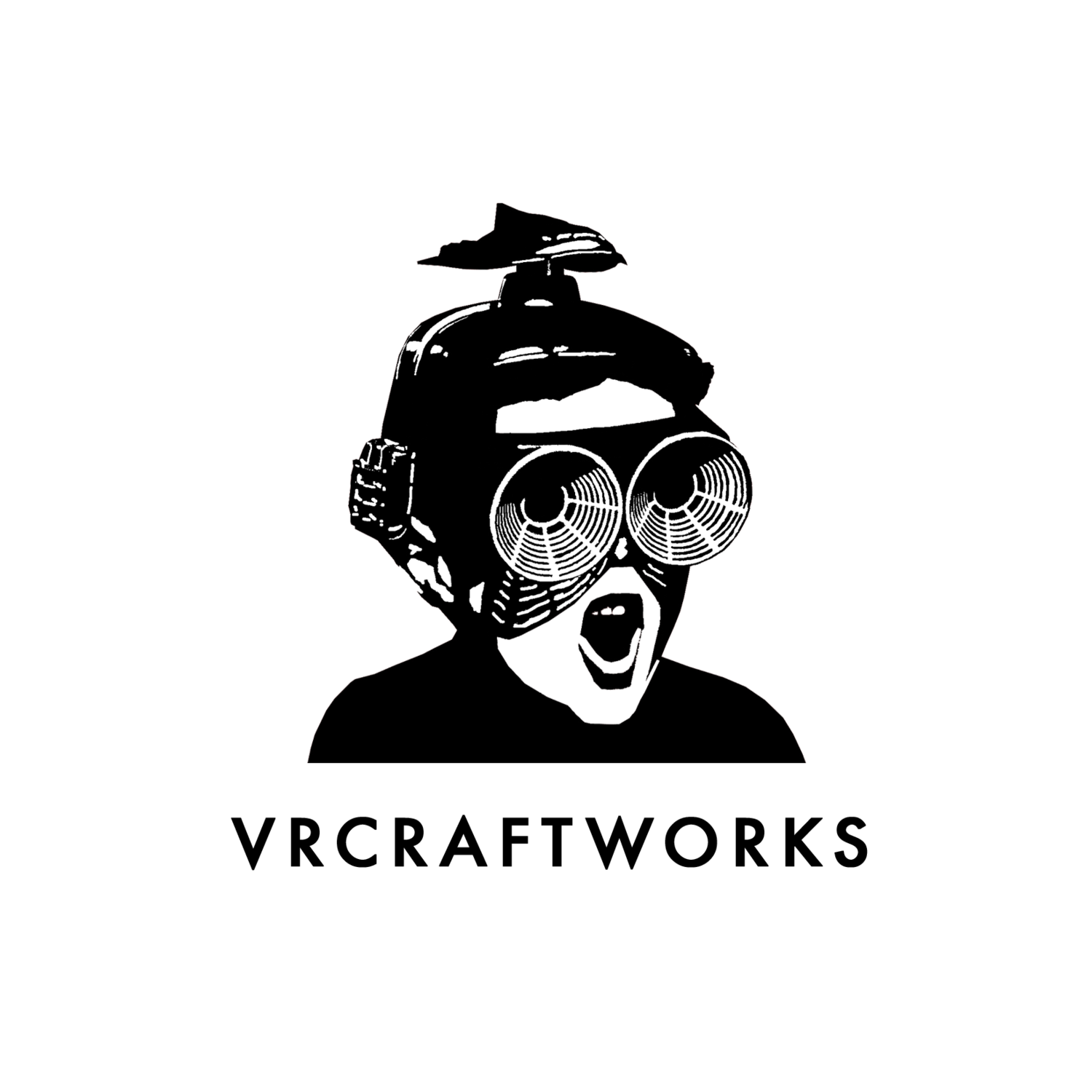Created and optimised the most complex VR Model for HS2 Old Oak Common Station
In an innovative world-first, virtual reality, eye-tracking and emotion-sensing technology is being developed in combination and being used to develop how passengers will navigate their way around the new HS2 station at Old Oak Common.
As part of its innovation programme, HS2 Ltd is working with design & technology SME CCD Design & Ergonomics and station designer WSP to develop efficient and stress-free “wayfinding” for the quarter of a million people who will use the new 14-platform super-hub in north west London each day.
HS2 Ltd innovation manager Heather Donald said “The HS2 super-hub at Old Oak Common is the largest single-build station to be built in the UK. Up to quarter of a million passengers will use it to connect between HS2, Great Western and Elizabeth line trains each day, so it is vital that its design is fine-tuned to deliver a stress-free step change improvement in the passenger experience.
The successful deployment of the cutting-edge innovation in developing HS2’s station at Old Oak Common offers the potential for the technology to be used to design other HS2 stations, as well as other great buildings that have to manage large numbers of people efficiently, including sports venues and concert halls.
Wearing VR headsets fitted with eye-tracking and emotion-sensing technology, three sample groups drawn from members of the travelling public will enter a virtual version of the giant new station.
Once in the digital virtual reality, these passengers of the future will be asked to navigate their way around Old Oak Common to reach meeting points, platforms and to change between HS2 and Crossrail services using the signage included in the current design.
In addition, the team will dedicate a further session to passengers whose mobility is impaired to explore what further assistance they might need to navigate the station.
Eye-tracking technology fitted to VR headsets will monitor in detail how the eye is drawn around the station’s interior, and whether there are any distractions that might contradict or confuse, all of which could hamper easy and stress-free movement.
This will be paired with emotion sensing software that observes the wearer’s facial expressions and monitors heart rate changes caused by the visual stimulus of experiencing the station in virtual reality.



